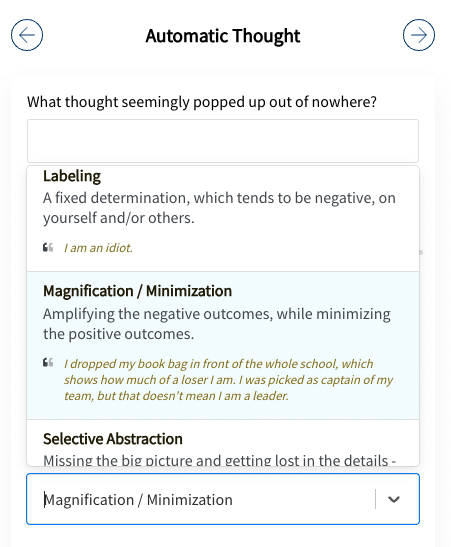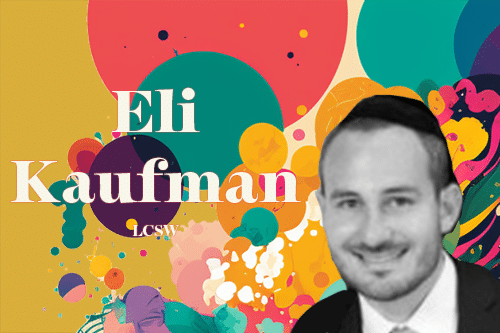Have you ever found yourself trapped in a whirlwind of pessimistic thoughts? It’s all to common to get lost in negativity. We call these thoughts cognitive distortions. They act like mental snares, catching us in a skewed version of the world we live in. The good news is this is a problem you can tackle and more clarity and positivity into your daily thoughts and actions.
In Cognitive Behavioral Therapy (CBT), therapists will zero in on these distortions as key targets. The goal isn’t to dismiss our thoughts or deny them entirely. The goal is understand them, challenge and learn from them. Think of it as decluttering your mind with the help of a therapist. This process involves sifting through those misleading thoughts to find a clearer, more accurate view of your relationship with the world around you and with yourself.
An example of a cognitive distortion is labeling. This is when you decide what something is, boxing that person or action into a specific and often narrow definition. “I’m in idiot” is a great example of labeling. Are you actually an idiot? What does it even mean to be an idiot? Maybe you’ve just made a few mistakes, just like the rest of us.
Years ago I was chatting with a close friend of mine who suffers from body image issues. She shared this idea that stuck with me. She said she was told to say “I’m not fat. I have fat on my body.” It’s an interesting shift in perspective. Why label yourself in a way that hurts yourself? Acknowledge your goals and what it is you want to accomplish, but keep cognitive distortions, like labeling, out of it.
So how do you track cognitive distortions? Thought Records are a great way to track what you’re thinking about and how you’re thinking about it and what actions it leads to. Reading through a list of cognitive distortions is maybe the best way to start, this way you know what to look out for.
If you’re interested in a comprehensive list of cognitive distortions, drop me an email at avi@reflectiveapp.com and I’ll send you a PDF. In the meantime, we have a digital version in our app, available in our Thought Record.
Are you a therapist? You can add Cognitive Distortions directly into a custom worksheet with Reflective as well.

Your patients can choose a cognitive distortion as part of their assignment, all you have to do is add it with one click of a button. Sign up and get started with Reflective today.



